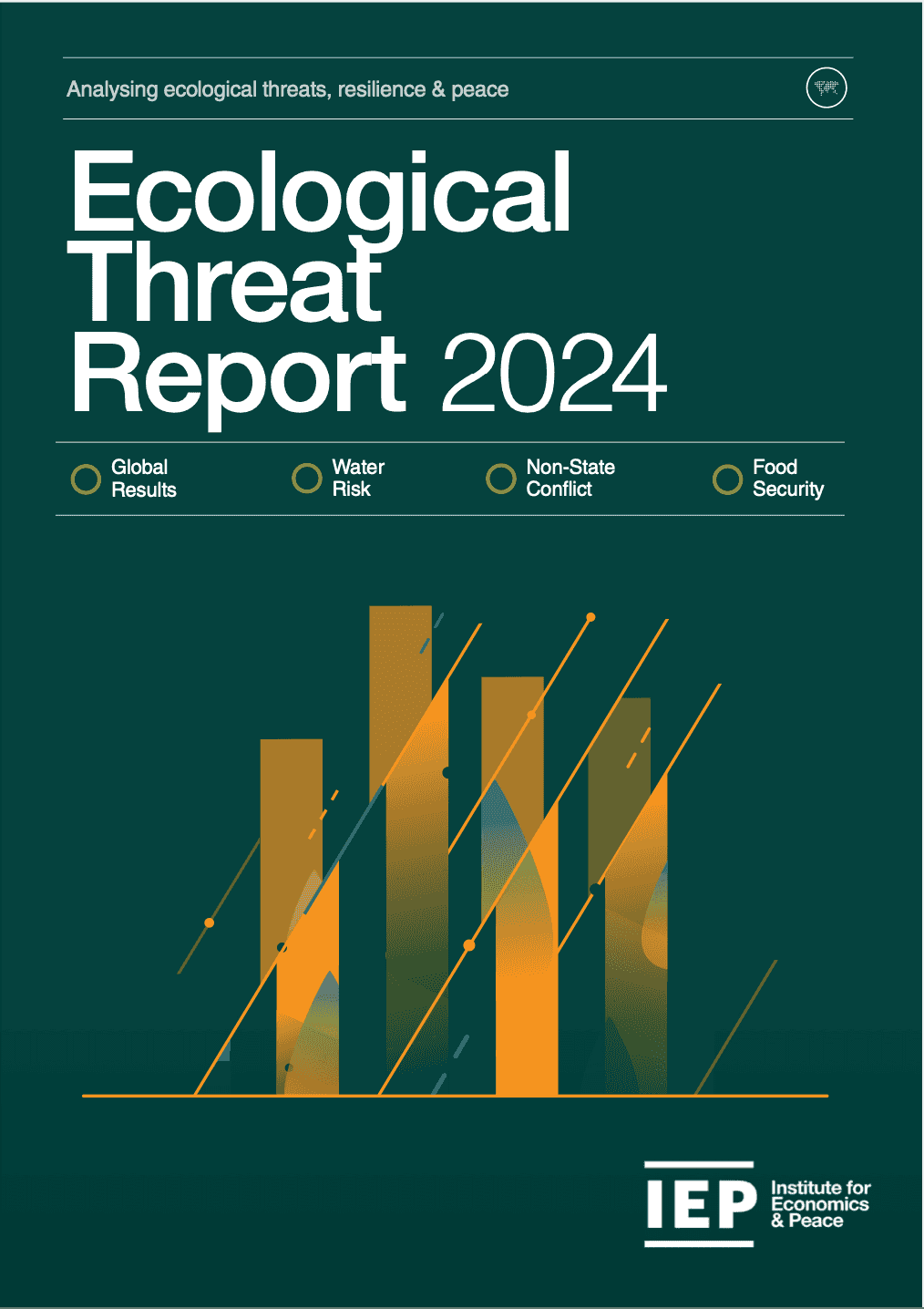The Global Peace Index 2025, published by the Institute for Economics & Peace, presents a sobering assessment of the state of global peace. This year’s edition reveals that global peacefulness has declined for the ninth consecutive year, reaching its lowest level since the Index began. The world is now experiencing what the report calls “The Great Fragmentation”—a period marked by rising geopolitical tensions, the spread of state-based conflicts, and increasing economic strain in fragile nations.
In 2024 alone, 152,000 people died in conflict—making it one of the deadliest years in recent history. The number of active state-based conflicts rose to 59, the highest since World War II. Over 78 countries were involved in cross-border violence, underscoring the growing complexity of global security threats.
Key highlights from the report include:
MENA remains the least peaceful region globally, with Sudan, Yemen, Syria, and Israel ranking among the bottom ten.
South Asia experienced the steepest regional decline in peace, while South America showed slight improvement.
Western and Central Europe continue to be the most peaceful regions, with Iceland maintaining its position as the world’s most peaceful country.
The economic cost of violence reached nearly $20 trillion in 2024—equivalent to 11.6% of global GDP.
The report covers 163 countries and territories—representing 99.7% of the world’s population—using 23 indicators that assess safety, conflict levels, and militarization.
While the outlook remains concerning, the report notes that easing financial conditions and targeted policy reforms could help reverse some of these negative trends, especially in developing regions.







